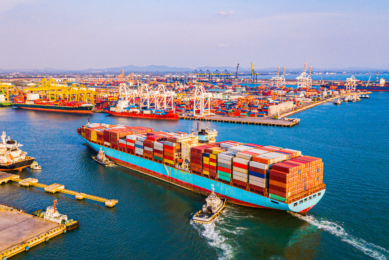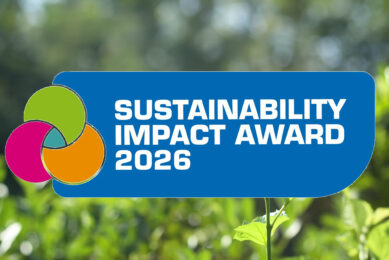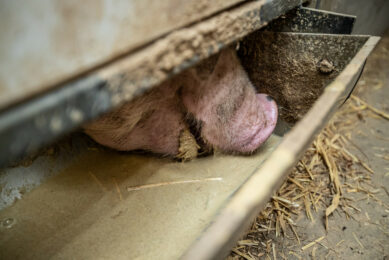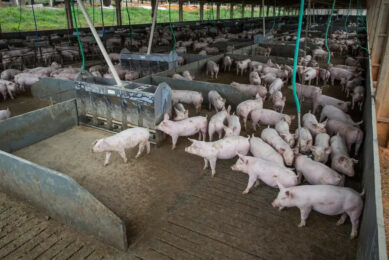Is Africa the next Brazil?
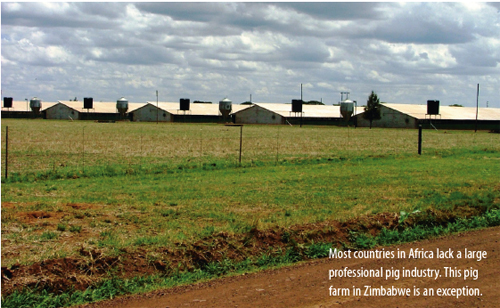
In the past three years an unparalleled transfer of land ownership has occurred in Africa, probably the equivalent to twice the land mass of the entire United Kingdom (over 50 million hectares). It is fair to say this story is not being told.
Africa is often referred to as the ‘forgotten continent’ and subject to various colonial conquests in order to seize natural resources, it is now agriculture which draws foreign interest. Incredible changes are occurring all over Africa including South Sudan, Ethiopia, Madagascar, Tanzania, Congo, Kenya, Liberia and Senegal. Interestingly, leading investors include those from China, India and Korea. News organisations have questioned if this is ‘a new land grab’ in Africa. Conversely we might ask just like Brazil 20 years ago, is it the right time for agribusinesses to invest?
Most of these changes of the recent past have been occasioned by the rapid increase in food prices and the need for biofuels. The ‘miracle of the Cerrados’ in Brazil, or the success in converting previously unusable land into some of the most productive in the world, has also undoubtedly shaped investor thinking. Countries such as Ethiopia and Sudan have experienced famine over many years. The twin issues of social unrest and corruption have made some of the more productive lands in Africa very difficult to farm.
All of this is changing with the recognition that Africa has resources, along with an abundance of water and land, allowing the production of valuable agri-commodities. With this in mind, the speed in the number of land deals being made has been staggering. The Chinese have acquired land in Tanzania, while the Koreans attempted to acquire 1.3 million hectares in Madagascar. One of the richest companies in Saudi Arabia has purchased land in Ethiopia. The Indians have purchased land in many different countries and the European Swiss company has started producing biofuels in the Congo. All of this is part of an unparalleled transfer of land ownership, probably over 50 million hectares and has occurred within a relatively short period of time.
(Click here to view a bigger version of this figure – PDF)
1. Ethiopia – The Guardian newspaper reported that 815 foreign-financed agricultural projects were approved between 2007 and 2010.
2. Democratic Republic of Congo – to grow 2.8 million hectares of palm oil for biofuels for China.
3. Korea’s Daewoo company attempted to lease 1.3 million hectares in Madagascar.
4. Madagascar has a 452,000 ha biofuel project, Ethiopia a new 150,000 ha livestock farm and a 100,000 ha in Mali according to a FAO report in 2009.
5. South Sudan – A former commodities trader leased 800,000 ha near Darfur.
6. North Sudan – South Korean companies bought 700,000 ha for wheat.
7. South Sudan – United Arab Emirates acquired 750,000 ha.
8. South Sudan – between 2004 and 2009 Saudi Arabia leased 376,000 ha to grow wheat and rice.
9. 80 Indian companies have invested around US$2.4 billion in buying or leasing huge plantations in Ethiopia, Kenya, Madagascar, Senegal and Mozambique.
10. Olam (Singapore) acquired 300,000 ha in Gabon to produce palm oil.
11. A Malaysian conglomerate in 2009 signed a 63 year lease for 230,000 ha to grow palm oil and rubber in Liberia.
12. Liberia – An Indonesian producer signed a 2010 agreement to develop 220,000 ha to produce palm oil.
Sceptics have viewed this as a new form of colonialism. The concerns of representatives of African citizens and non-governmental organisations have raised concerns as to the intentions of these companies and the potential for removing indigenous people from their land holdings, which they are often farming at a subsistence level, and when no alternative jobs are being provided.
Modern farming practices
It is also clear, however, that modern farming practices have the ability to minimise the waste of water through the use of highly intensive irrigation programmes and modern genetics, (including those adapted to the tropics and subtropics for animals and plants) and offer the potential to achieve productivity never seen before in Africa. Without this modern technology, the gap between the yields being achieved in the western world and those in Africa will continue to grow. This gap is something that may be bridged quite quickly through the use of international capital and technology, alongside the resources of land available in Africa.
It is also clear, however, that modern farming practices have the ability to minimise the waste of water through the use of highly intensive irrigation programmes and modern genetics, (including those adapted to the tropics and subtropics for animals and plants) and offer the potential to achieve productivity never seen before in Africa. Without this modern technology, the gap between the yields being achieved in the western world and those in Africa will continue to grow. This gap is something that may be bridged quite quickly through the use of international capital and technology, alongside the resources of land available in Africa.
Africa’s potential is huge. From the feed industry point of view, however, and meat production in general, the story of Africa has been poorly relayed. In fact, very few of the international feed companies or ingredient companies have a presence in Africa and many have historically struggled to adapt to the local culture, in contrast with Asia or Latin America; population growth will continue apace. In fact, Nigeria is expected to become the fourth largest country in the world with the population approaching half a billion people by 2050. With this in mind, many of the same questions may be asked:
• Will the investment by Chinese, Middle Eastern and Indian organisations lead to a better standard of living in Africa as a whole and with this a commensurate desire to consume more protein?
• Will the investments by (southern) Africans result in sustainable jobs and sustainable prosperity?
• Will this be done in a manner that does not run the risk of the so-called ‘tragedy of the commons’, i.e., where the unregulated resources of the country are expended, resulting in a deterioration in the environment and potential for a long-term drop in productivity, which has clearly been an issue in the past.
• Is it possible that the agricultural development success experienced in Brazil can be repeated? In the case of Brazil, consumption of meat doubled in a ten year period. Can the same story be replicated in an African context?
• Finally, will the inevitable interferences of government and bureaucracy prevent the African agriculture model from reaching its full potential?
Brazilian example
The example of Brazil is instructive. The Economist reported that the Brazilian miracle was the result of both improving soil quality and the genetics of plants such as tropical grasses and soybeans. Their conclusion is that the solutions for Africa will not be to import solutions from the US or Brazil but to create systems adapted to Africa.
The example of Brazil is instructive. The Economist reported that the Brazilian miracle was the result of both improving soil quality and the genetics of plants such as tropical grasses and soybeans. Their conclusion is that the solutions for Africa will not be to import solutions from the US or Brazil but to create systems adapted to Africa.
The question for food producers is – is it time to invest in building integrated meat production systems, feed companies, technology, genetics and management expertise? From the point of view of the developed world, it appears Africa could well be a tipping point in its history. The opportunity for progress in Africa is tremendous if the desires of the developed world can be matched with the resources of the developing world, in a manner that creates sustainable agribusiness models and does not simply become exploitative. Perhaps the 21st century will be the century in which Africa establishes itself as an agribusiness power.



